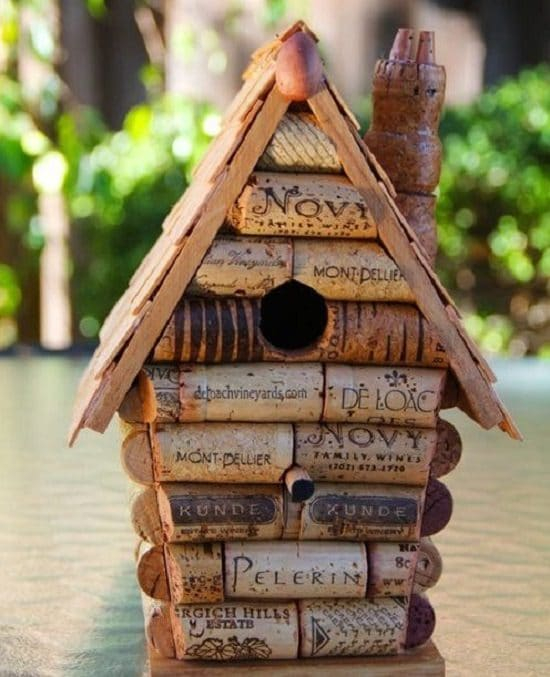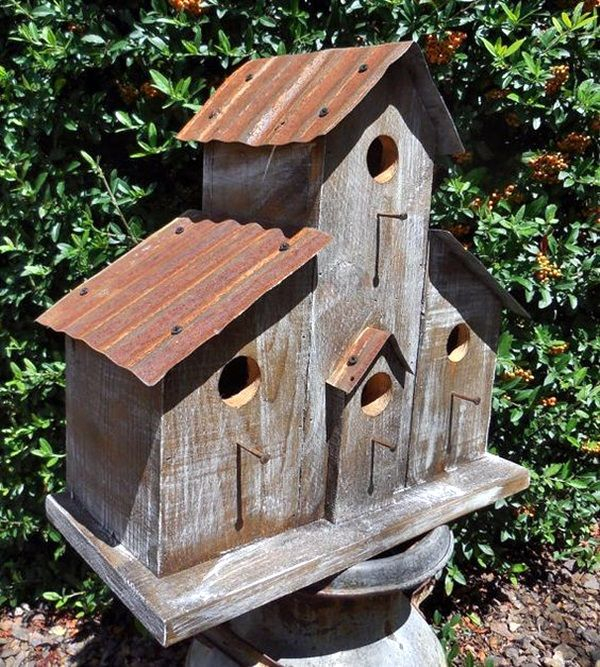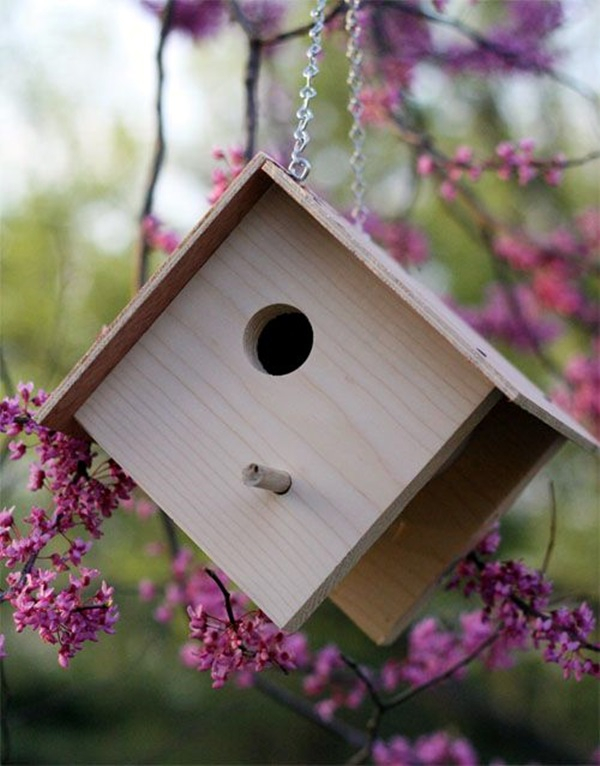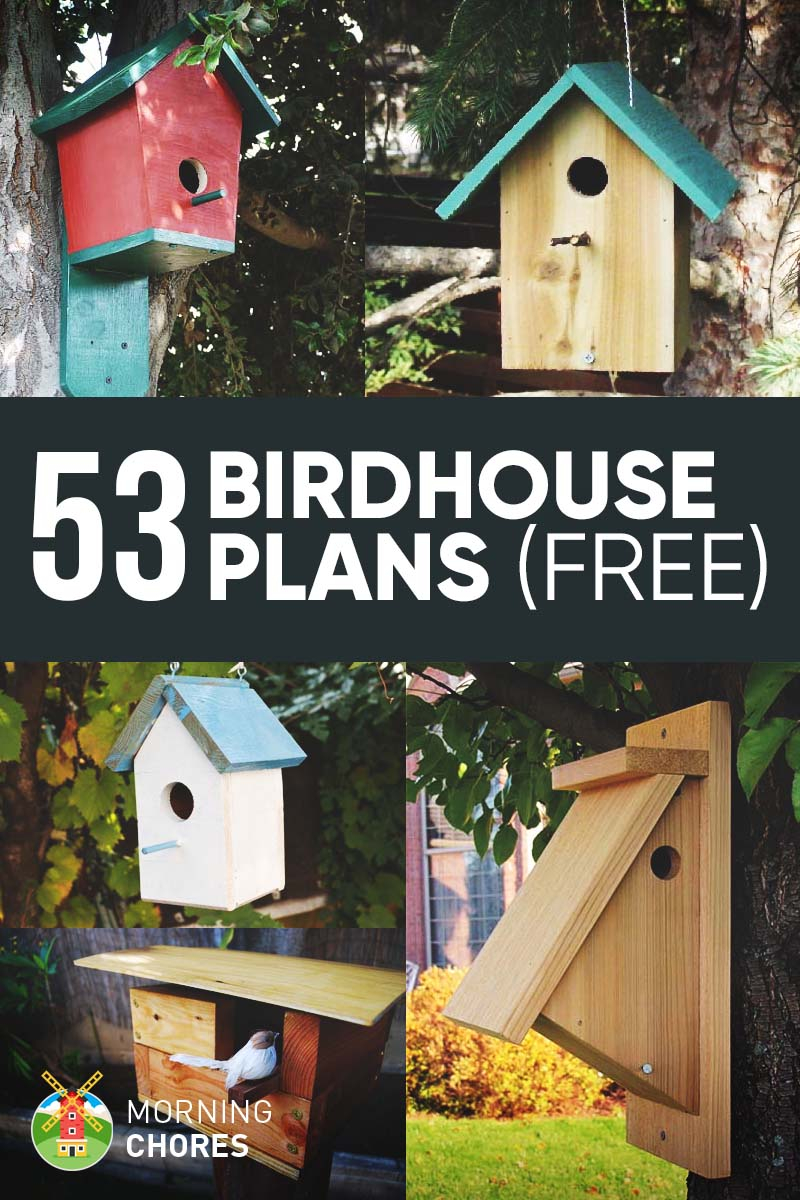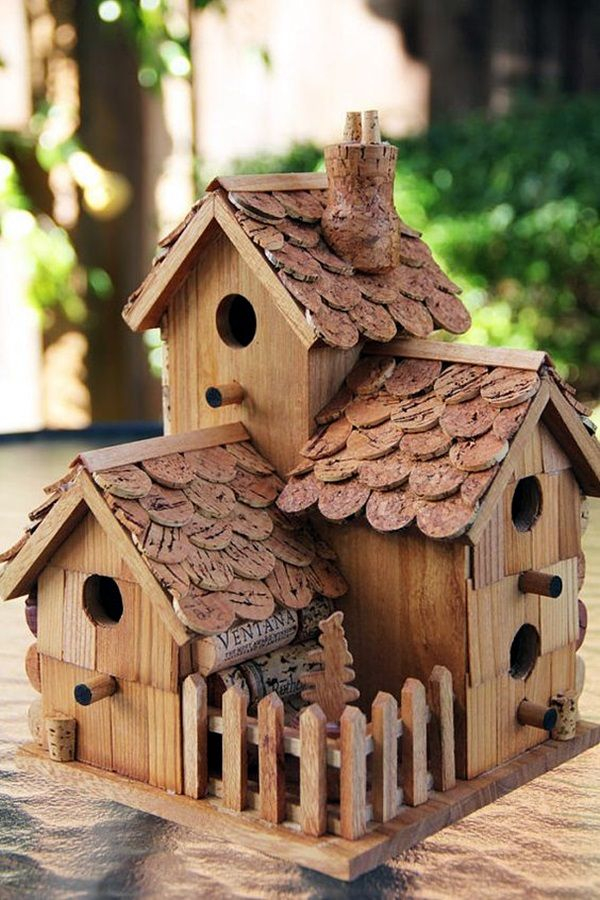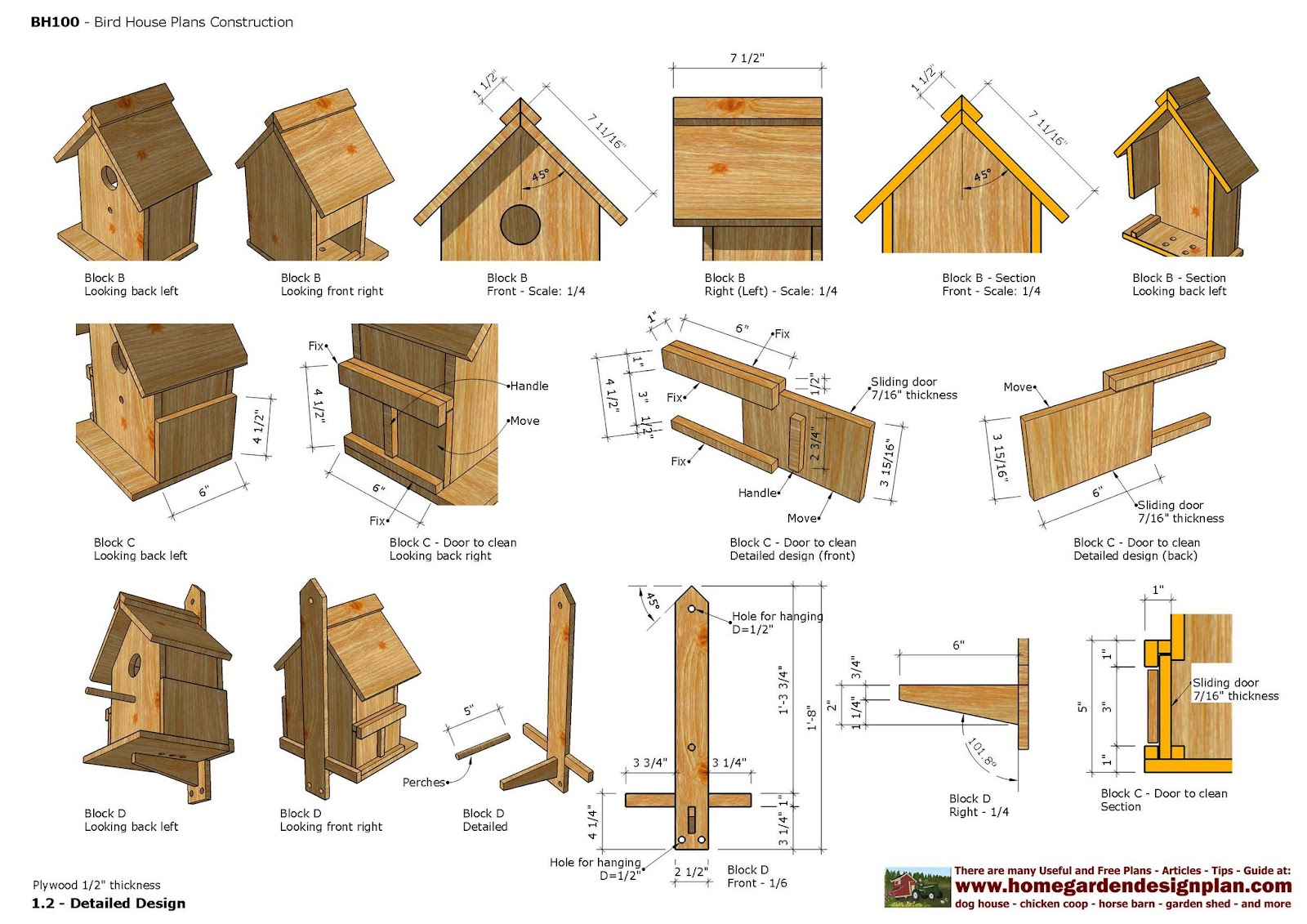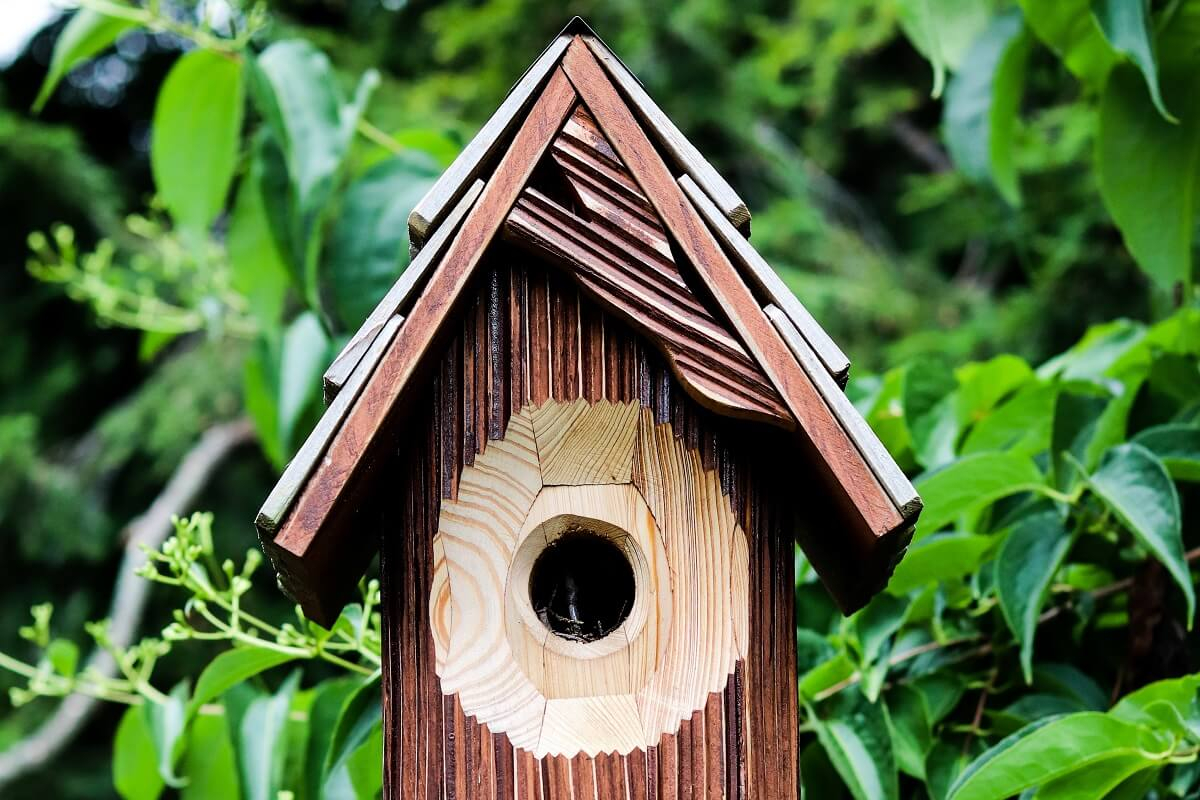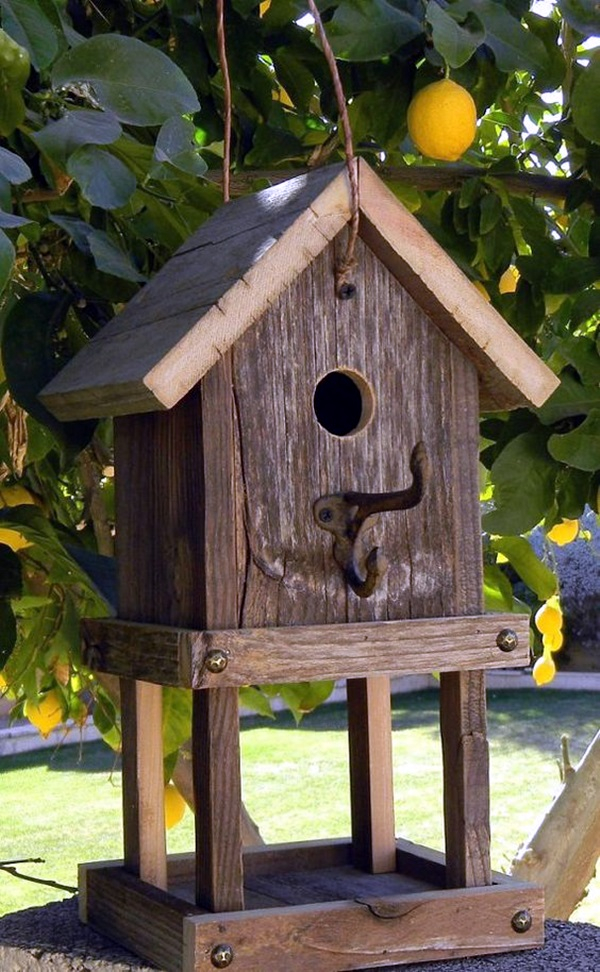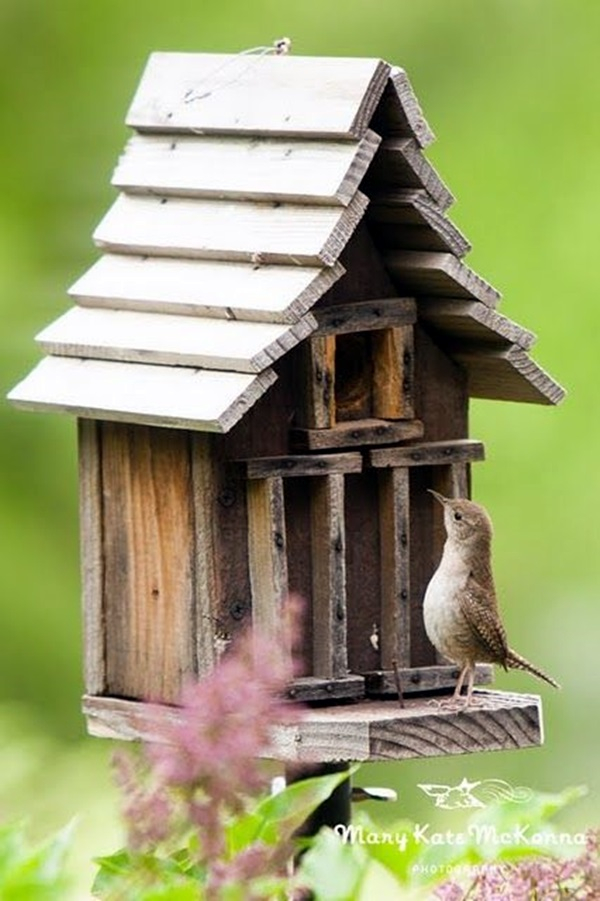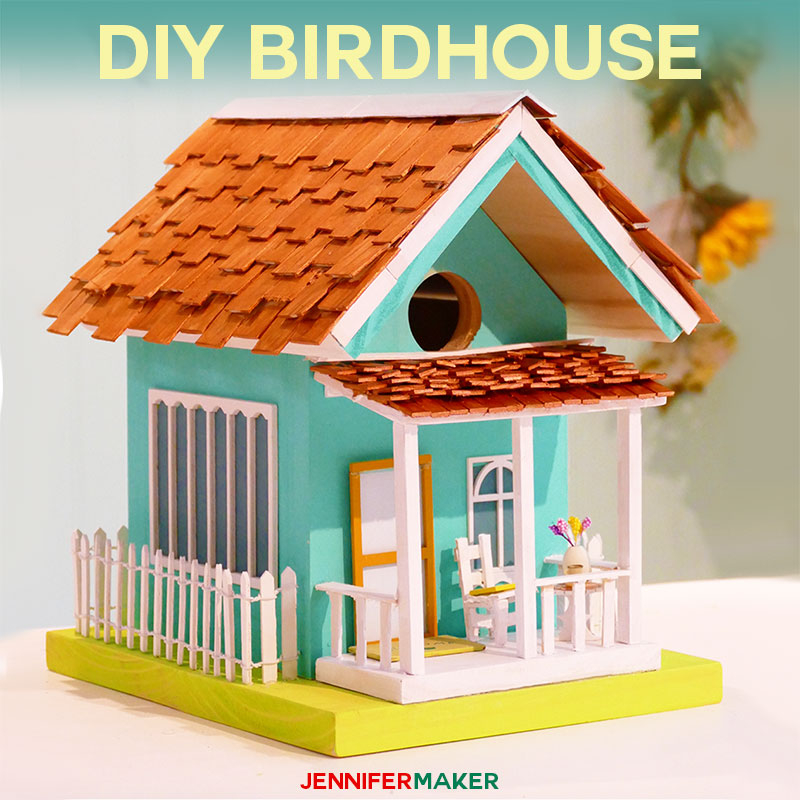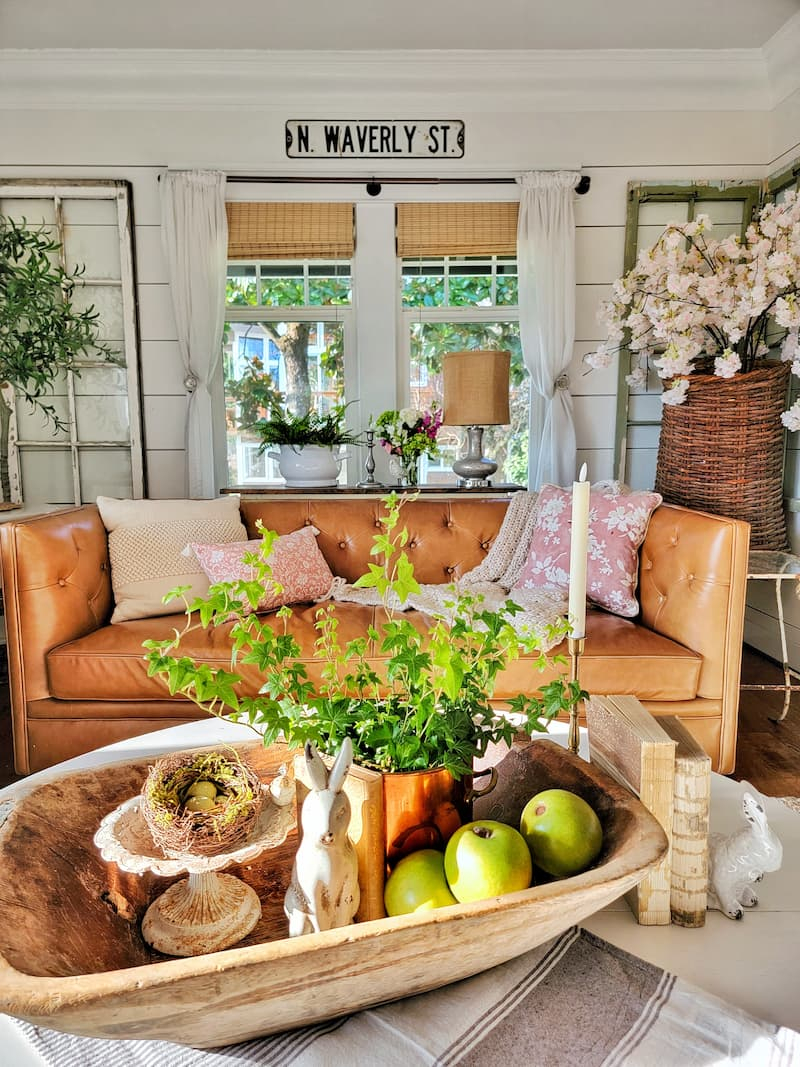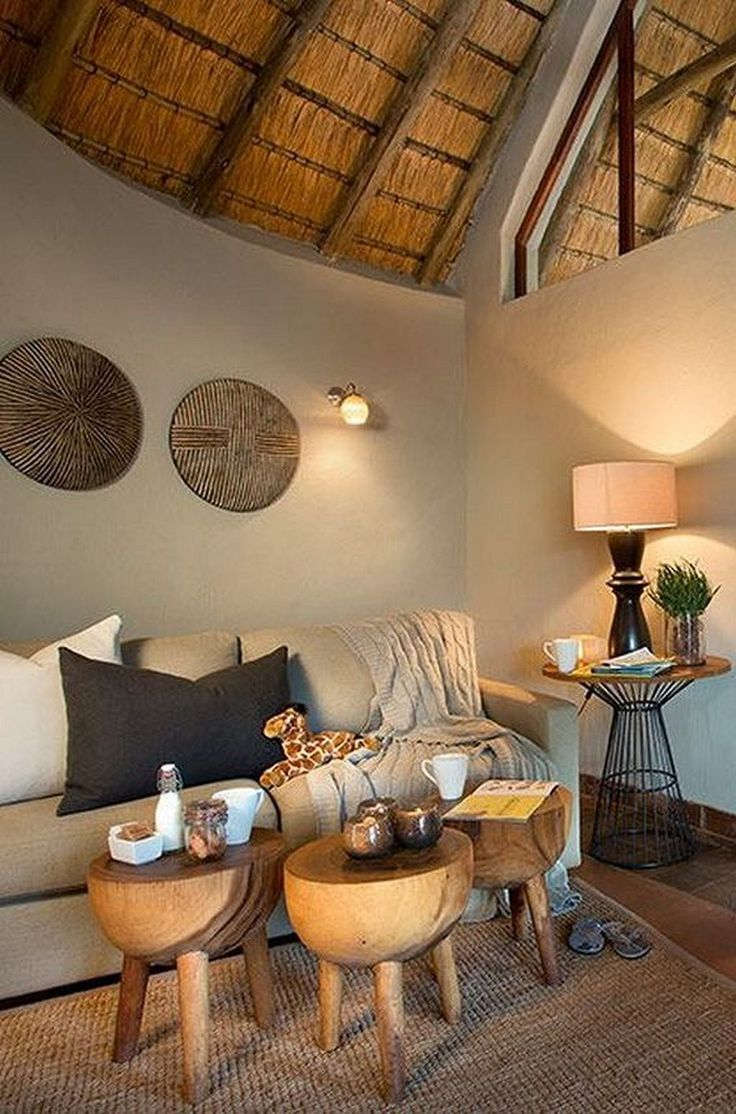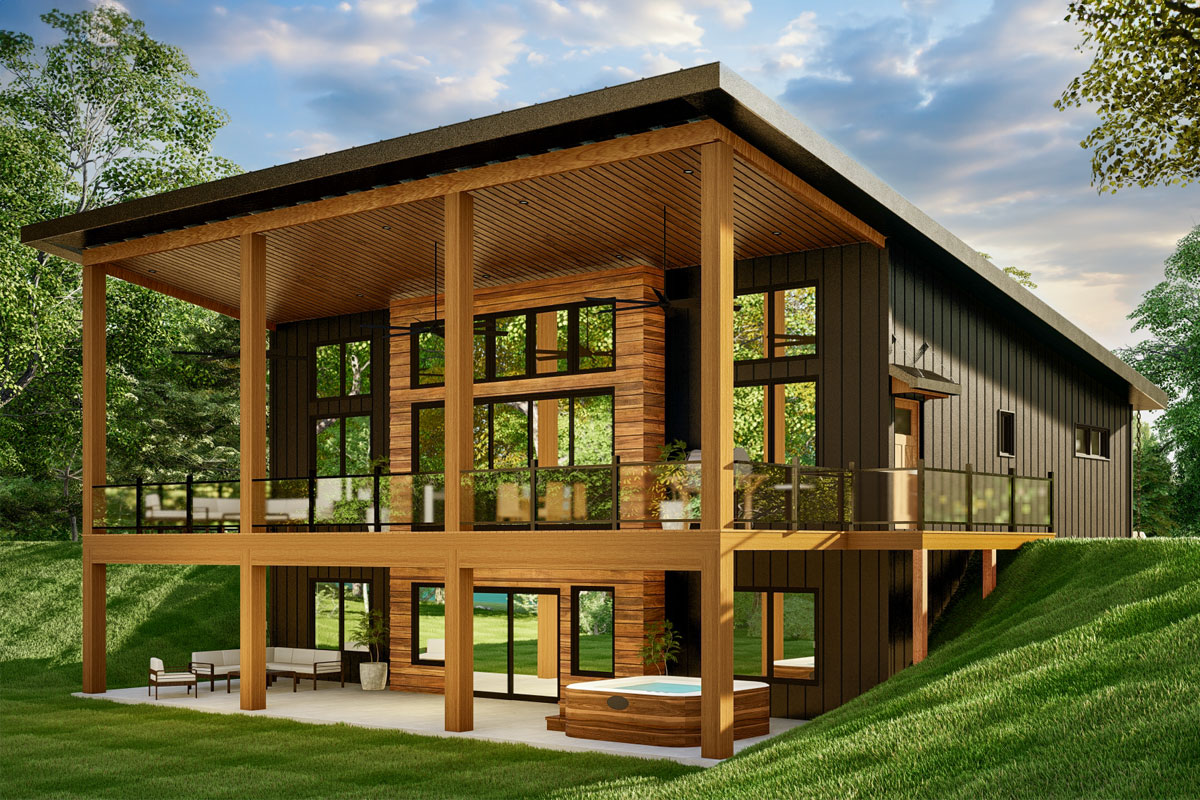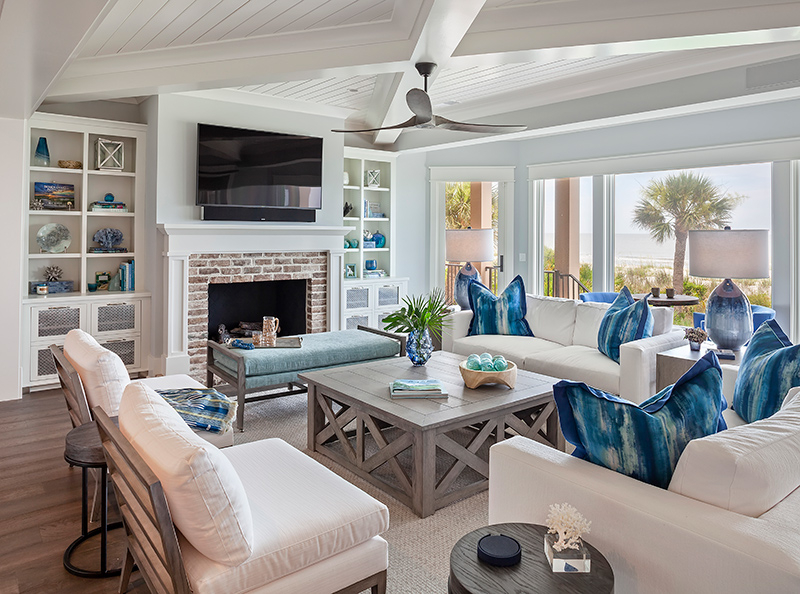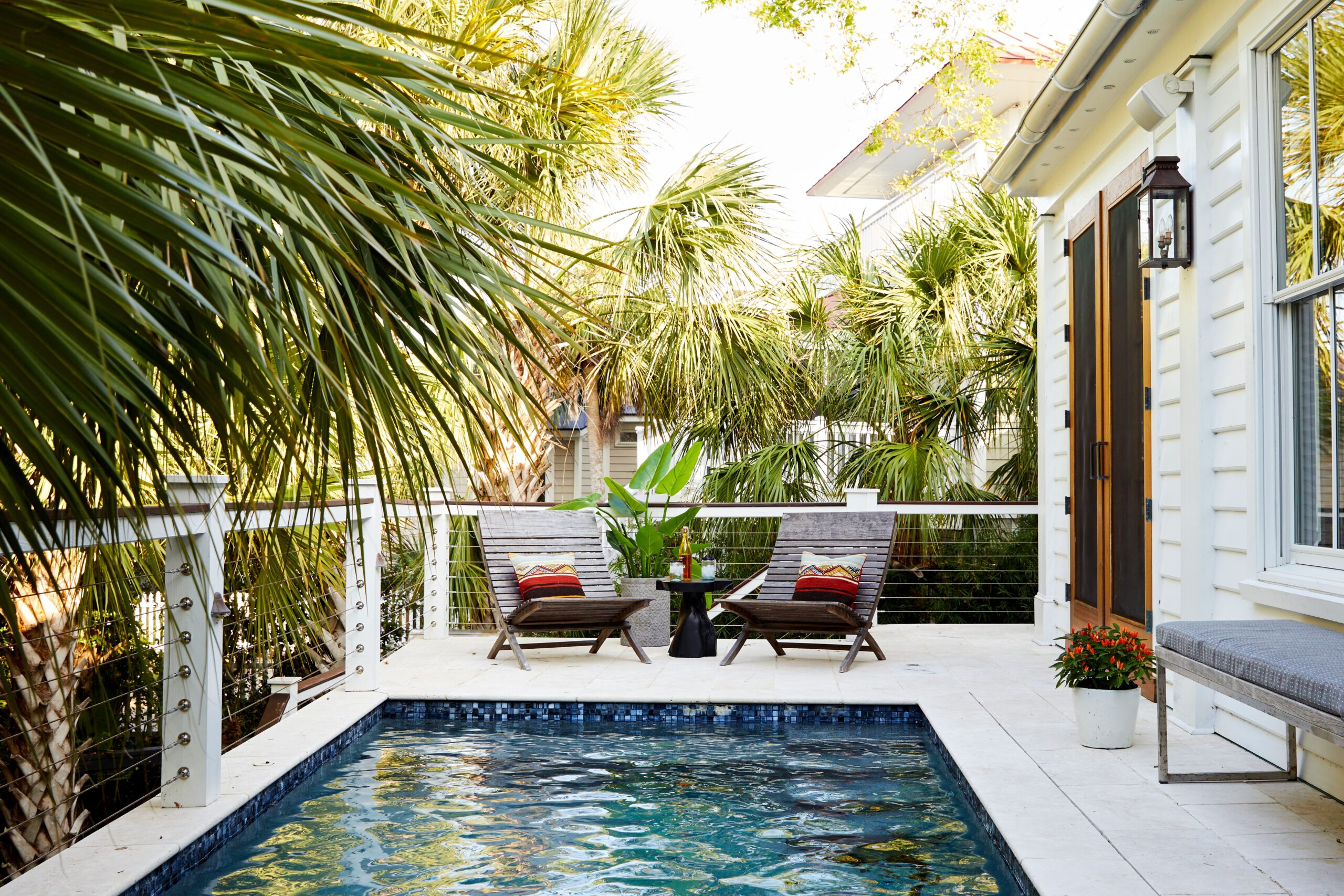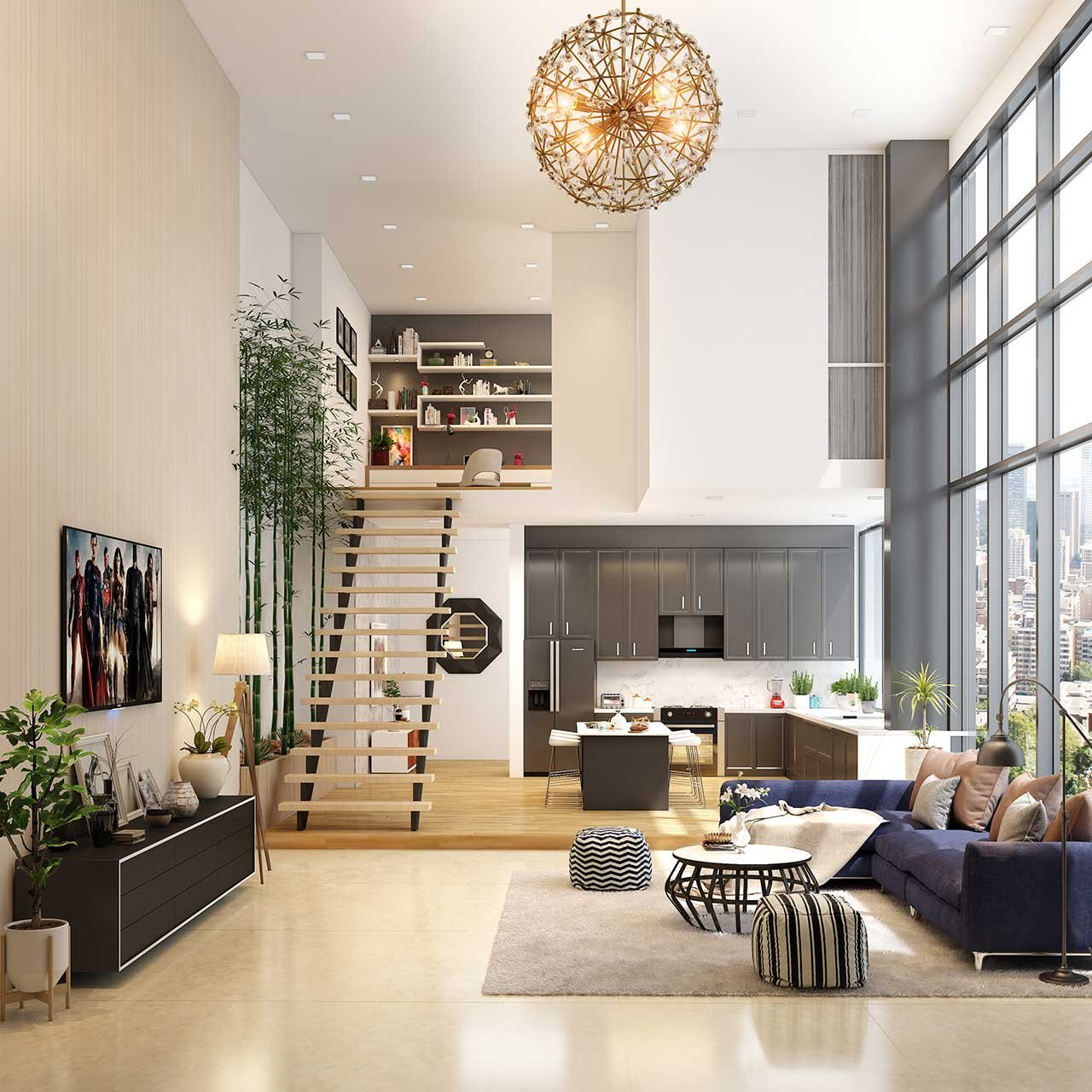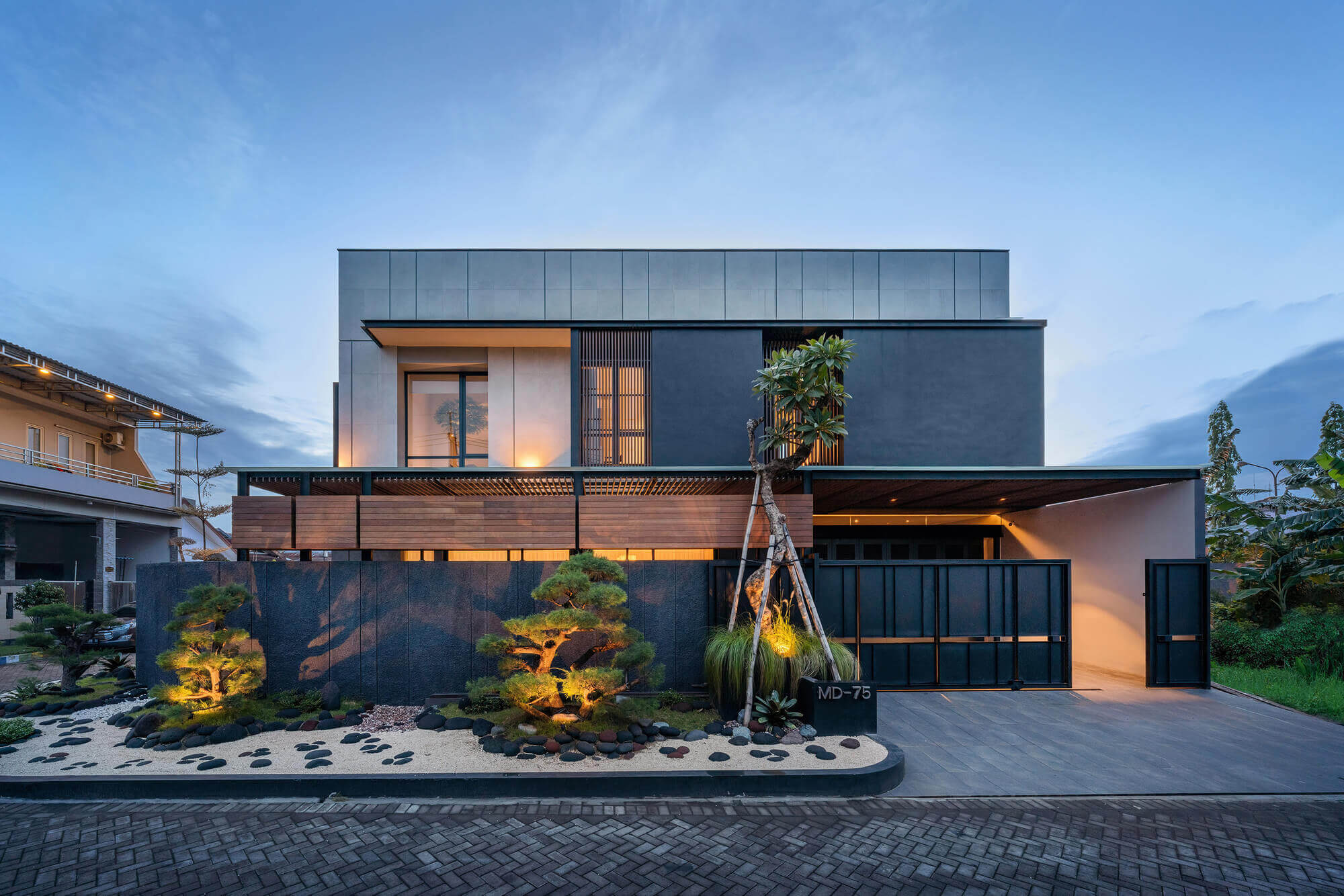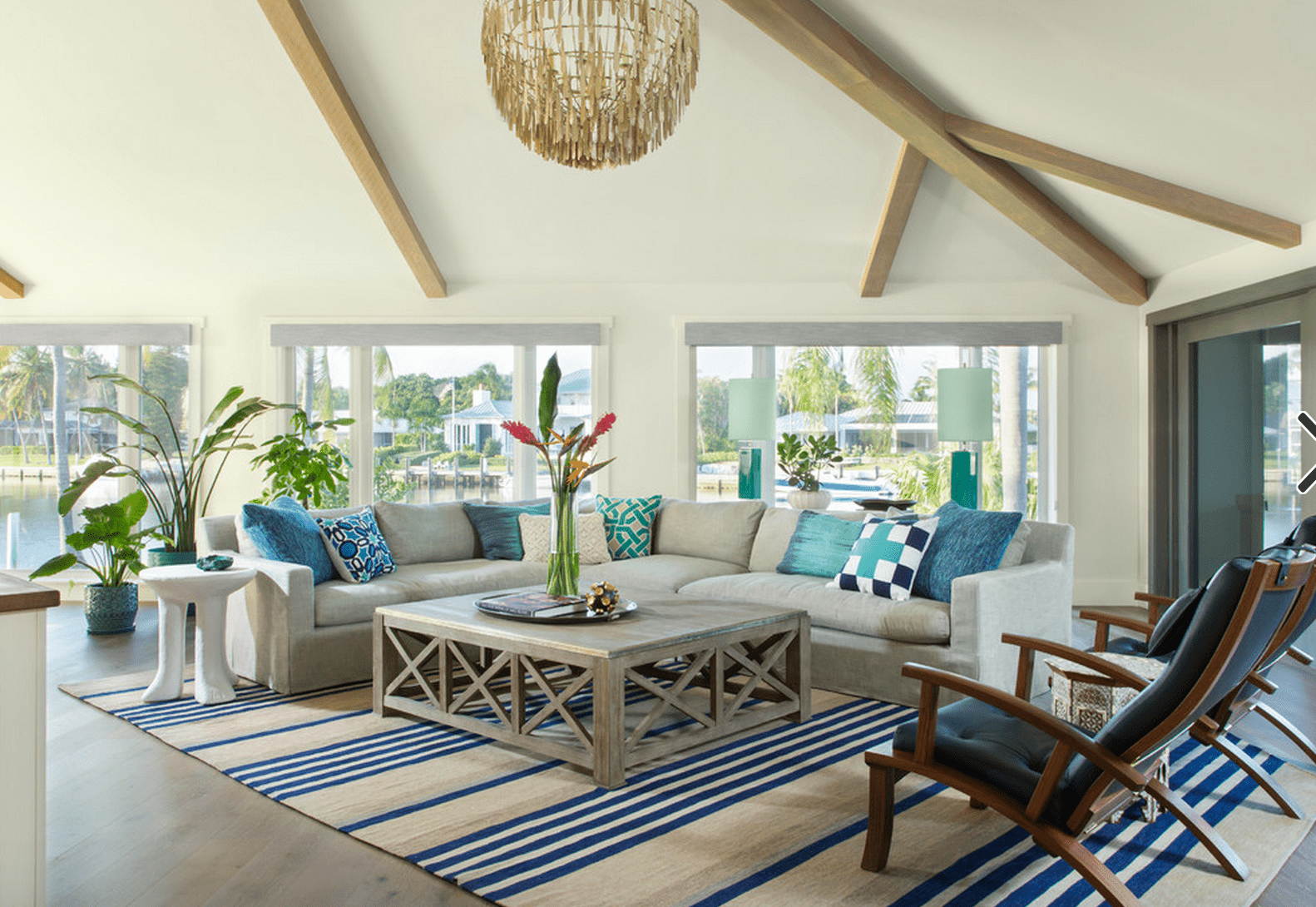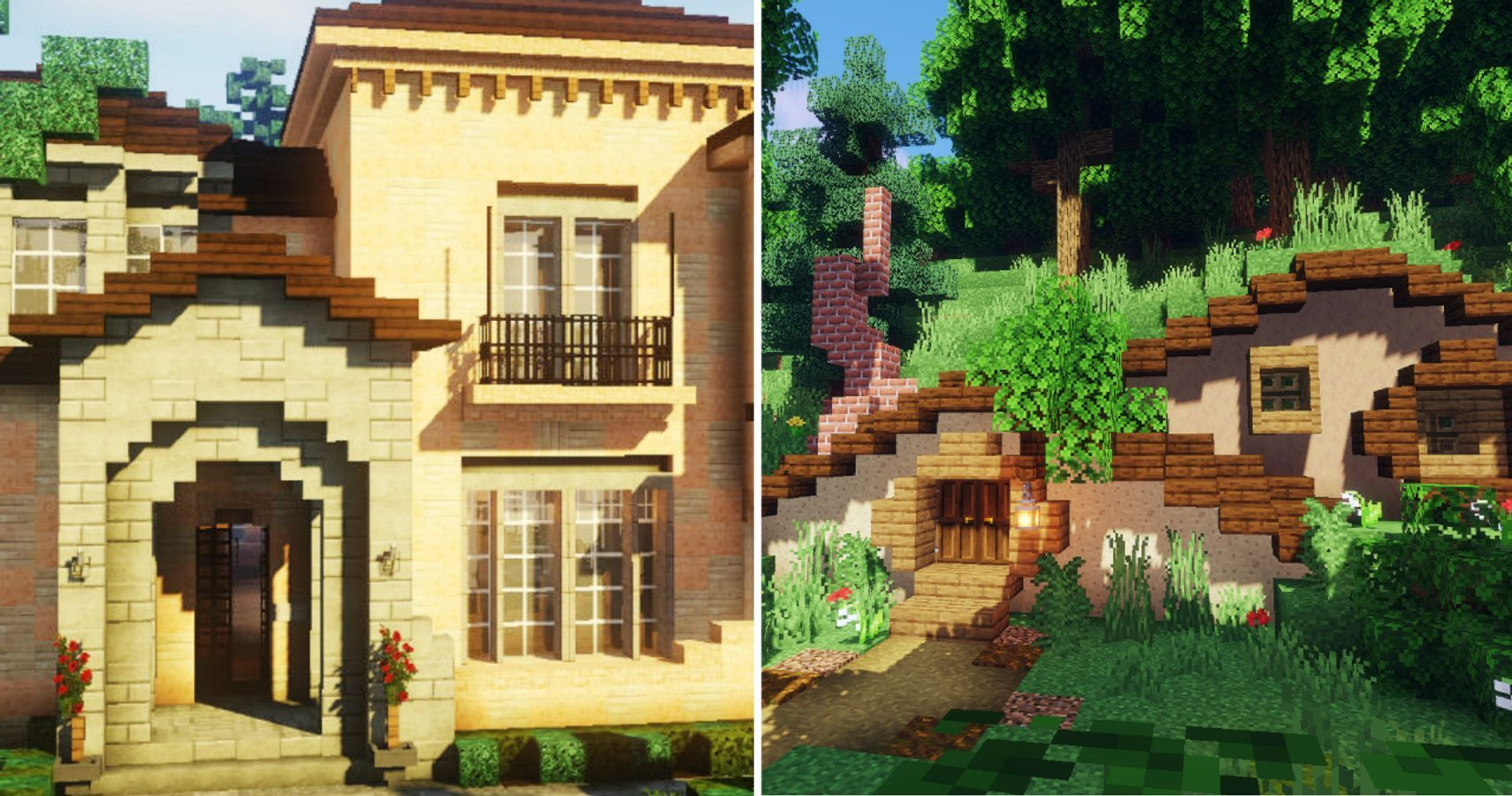Ever looked at a plain wooden box and thought, ‘That could be a home’? Well, for our feathered neighbors, it absolutely can. But not just any box will do. Creating a welcoming and safe haven for birds involves a little more thought than just slapping some wood together. We’re talking about understanding what makes a house a home for a robin, a wren, or even a chickadee. It’s about going beyond the basic box and tapping into some simple, yet crucial, design secrets that make all the difference. Let’s dive in and unlock the art of crafting perfect abodes for our avian pals.
We often see those charming, sometimes elaborate, bird houses in garden centers. But truth be told, the most successful bird homes are often the simplest. Why? Because birds aren’t looking for fancy architecture; they’re looking for safety, comfort, and the right environment. A well-designed, simple bird house can provide just that, offering a vital sanctuary for nesting, raising young, and escaping predators or harsh weather. It’s a small gesture that can have a big impact on local bird populations. Plus, building one yourself is a wonderfully rewarding experience, connecting you directly with nature right in your own backyard. It’s a win-win, really.
The Right Size: It’s Not One-Size-Fits-All
This is perhaps the most critical secret. Different bird species have different needs when it comes to living space. A house that’s too large might not feel secure enough for smaller birds, while one that’s too small won’t accommodate a nest and growing brood.
Think about the birds common in your area. For instance:
- Wrens and Chickadees: These small birds often prefer an interior floor space of about 4×4 inches and a height of 6-8 inches from the floor to the entrance hole. The entrance hole itself should be around 1 1/8 to 1 1/4 inches in diameter. Too large, and predators like starlings or house sparrows can easily get in.
- Bluebirds: These slightly larger birds appreciate a 5×5 inch floor and a depth of about 8-10 inches. Their entrance hole is typically 1 1/2 inches.
Getting these dimensions right is key to attracting the birds you want and deterring the ones you don’t. Measure twice, cut once, as they say.
Material Matters: Choosing Wisely
What you build it with is just as important as how you build it. Untreated, natural wood is the gold standard. Pine, cedar, or redwood are excellent choices because they are durable and provide good insulation. Avoid treated lumber, as the chemicals can be harmful to birds. Plywood can work, but it’s generally less durable and can delaminate over time.
And please, steer clear of metal or plastic. Metal gets dangerously hot in the sun and freezing cold in the winter. Plastic can trap moisture, leading to unhealthy conditions inside. Natural wood breathes and offers a more comfortable temperature range for nesting birds. Plus, it looks much more natural and blends better into your garden.
Ventilation and Drainage: Crucial Comforts
This is where many simple designs fall short. Birds need a healthy environment, and that means keeping the house dry and cool.
- Ventilation: Small gaps or holes drilled just under the roofline allow hot air to escape, preventing the interior from overheating on sunny days. This is vital for the survival of young birds.
- Drainage: A few small holes drilled in the floor will let any rainwater that seeps in drain out. Nobody likes a damp home, and for baby birds, a wet nest can be fatal.
These features are subtle but incredibly important for creating a truly safe and comfortable home.
The Perch: A Common Misconception
You know those cute little perches often seen under the entrance hole? Well, here’s a secret: most birds don’t need them, and they can actually be detrimental. Why? Because predators like squirrels or larger birds can use that perch as a stepping stone to reach into the nest.
Most cavity-nesting birds are perfectly capable of clinging to the entrance hole or the wood surface itself to get in and out. So, skip the perch. It’s a decorative element that can pose a real risk to your intended residents.
Easy Access for Cleaning: A Must-Do
A bird house is a long-term investment, but it needs periodic maintenance. After the nesting season is over (usually in the fall), you’ll want to clean out the old nesting material. This prevents the buildup of parasites and makes the house ready for new occupants next year.
Design your bird house with this in mind. A hinged roof, a removable side panel, or a floor that can be unlatched makes cleaning a breeze. Without easy access, cleaning can become a chore, and some people might just neglect it, which isn’t good for the birds.
Placement: Location, Location, Location!
Even the best-designed bird house won’t be a hit if it’s placed poorly.
- Height: Most small songbirds prefer houses mounted 5 to 10 feet off the ground. Wrens might be okay a bit lower, while bluebirds might appreciate a bit more elevation.
- Orientation: Face the entrance hole away from prevailing winds and direct, harsh afternoon sun. Facing east or southeast is often ideal.
- Environment: Place the house in or near a habitat the bird species prefers. For example, chickadees like areas with trees and shrubs. Bluebirds prefer open fields with scattered trees.
- Predator Protection: Mount the house on a pole with a baffle (a cone-shaped guard) to deter climbing predators like snakes and raccoons. Avoid placing it near dense bushes where cats can easily hide and pounce.
Think about what the bird needs: a clear flight path to the entrance and some nearby cover for foraging and escape.
So there you have it. Simple bird house design isn’t about intricate details, but rather about understanding the fundamental needs of birds. By focusing on the right dimensions, suitable materials, proper ventilation and drainage, foregoing the perch, ensuring easy cleaning, and choosing the perfect location, you can create a truly welcoming and safe home. It’s a small project with a significant impact, fostering biodiversity and bringing the delightful sounds and sights of birds right to your doorstep. Happy building, and happy birdwatching.

